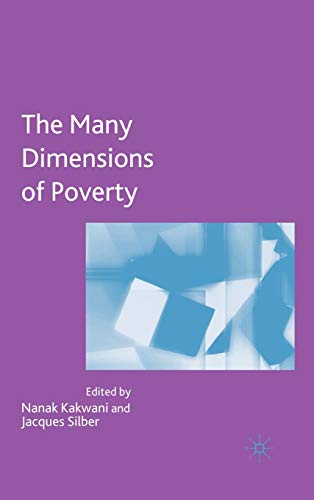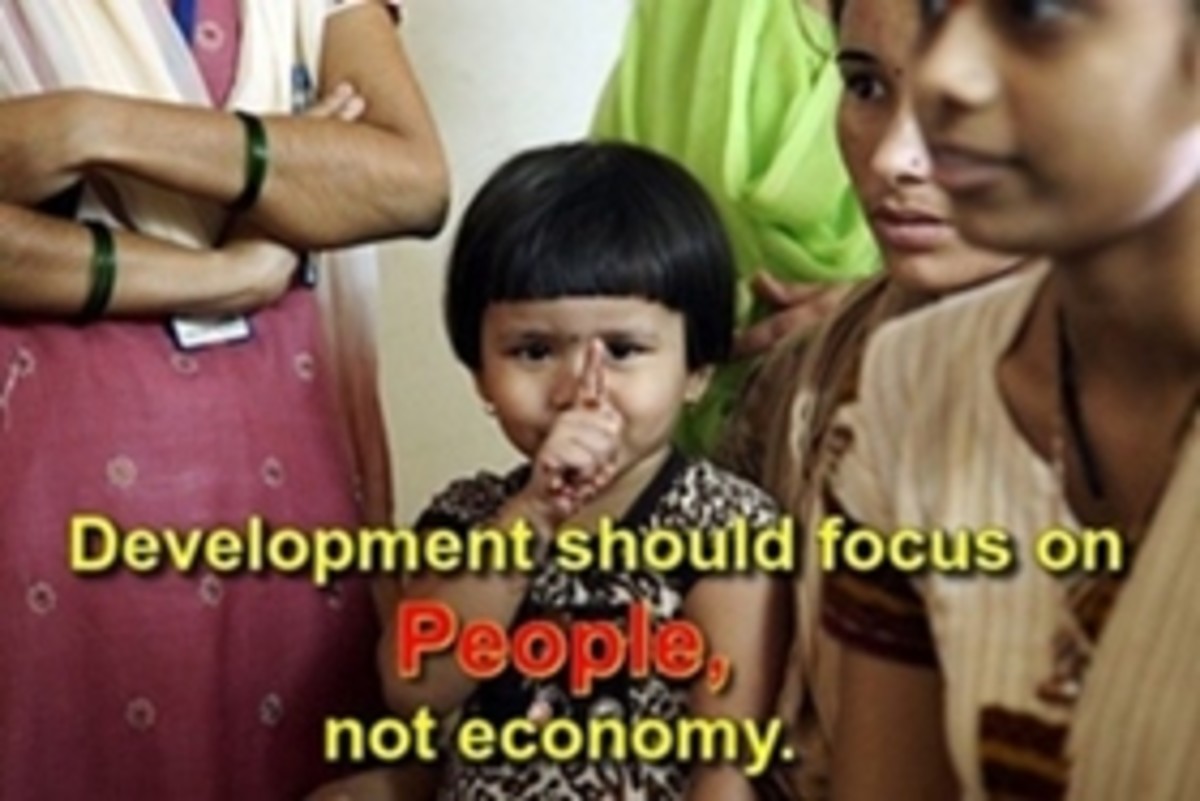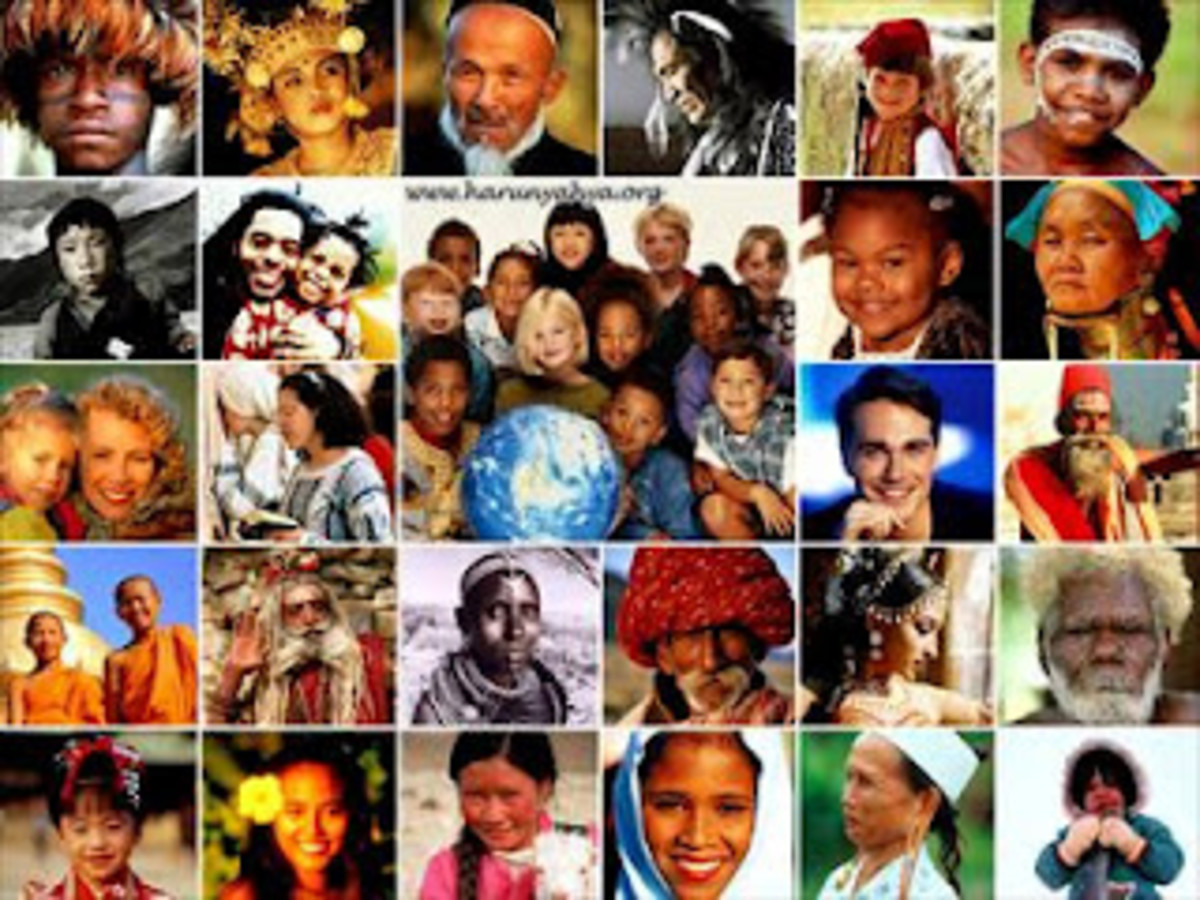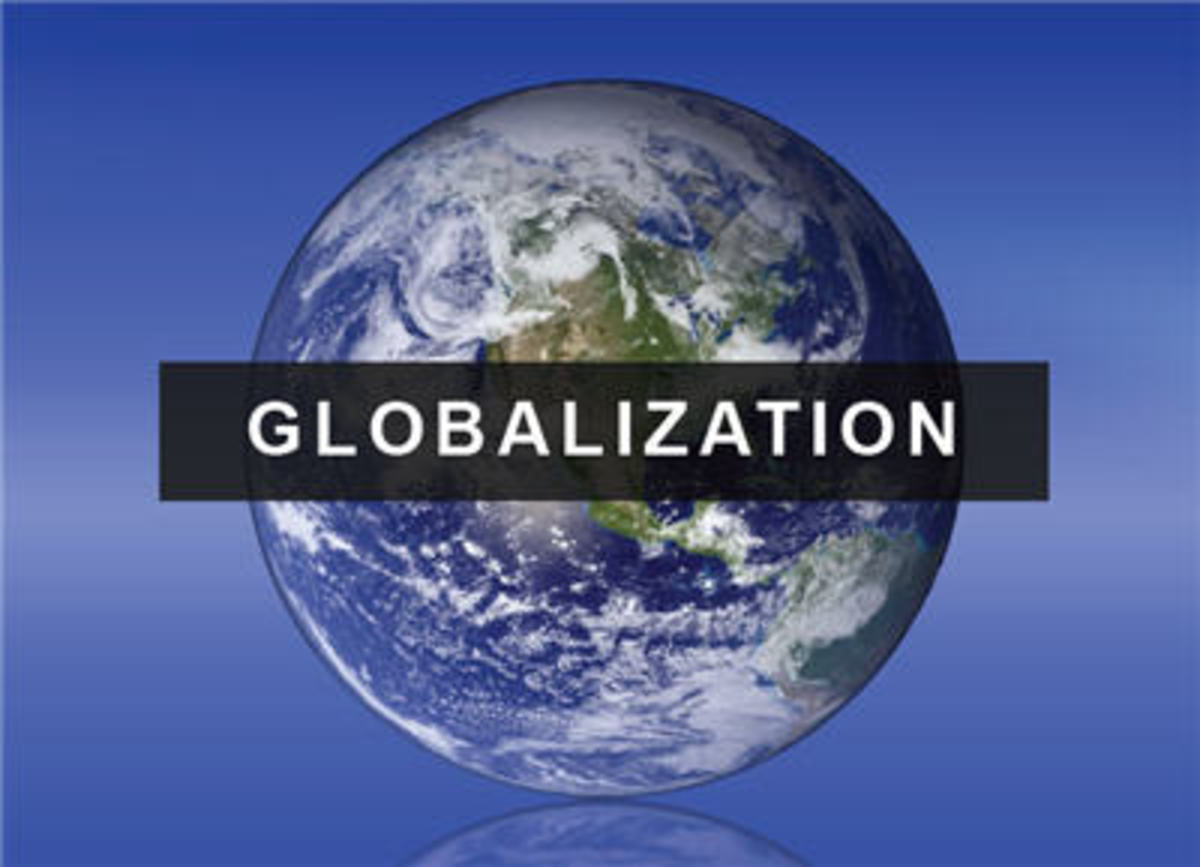Poverty is Multidimensional, So should be Development
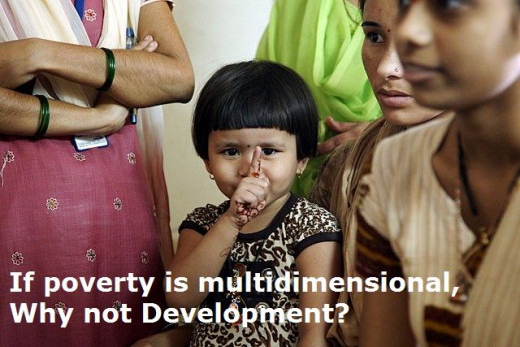
Different Types of Poverty
Traditionally, poverty is associated with lowness of income. They don’t earn enough income to take care of all their basic requirements; as a result, they lead a life of shortages and hardships. It is obviously a state of low human well-being. A simple way to look at the well-being of people is to see whether their basic needs of life like food, clothing, housing, education, medical care and public transportation are adequately met. They live deprived of many things considered essential for normal living.
The World Bank uses a benchmark of $1.25-a-day for extreme poverty. On this yardstick it estimates that globally around 1bn people live in extremely poverty. Such a simple yardstick is convenient for policymakers although it tell nothing about the nature of poverty or hardships the poor face.
Regardless of the causes of poverty we can broadly identify three types of poverty.
First is the Short-Term Poverty. – This is a situation where people lose the source of livelihood for whatever reason and try to survive with available resources (assets and savings) until the next source of income comes. This can happen in the life of any person, rich or poor and in any country, rich or poor.
Second is the Structural Poverty – This is a situation where people have income to survive but one or more basic requirements remain unsatisfied. This is a typical situation in countries where the State run public services are absent (or when basic services like healthcare and education are run by private players for profit and hence costly for the poor) but people somehow earn enough to subsist. In such a situation it helps a great deal if the State provides basic facilities so that people have access to shelter, sanitation, clean water, education and healthcare.
Countries with similar average incomes can differ substantially when it comes to people’s quality of life: access to education and healthcare, employment opportunities, availability of clean air and safe drinking water, the threat of crime, and so on.
The third category is Chronic Poverty when people are not earning enough and public services are absent. It means people live deprived of many basic needs. This situation is typical of poor countries where economies are weak and public services and infrastructure are lacking. This is actually a poverty trap – many deprivations reinforcing each other.
Without multi-pronged attempts for economic and social development it is difficult for people to come out of chronic poverty in these countries.
Therefore, the extent and type of poverty depends upon the state policies, socio-economic conditions. Social traditions and culture also have significant influence on people’s lives. Hence, it is important to consider all these factors in order to understand poverty in any country.
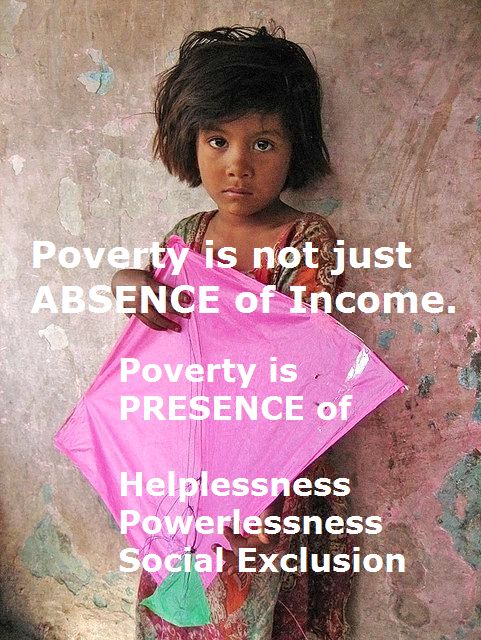
Poverty is Multidimensional
The income poverty line is too simple a proxy of poverty to reveal anything about the nature or depth of deprivations people face. Lowness of income is clearly an important parameter to view poverty but it must be seen along with deprivation of other basic necessities of life. Hence, in the recent decades the focus of poverty discourse has shifted to broader definitions so that poverty is seen with all its manifestations and consequences beyond income and money. Thus, the multidimensional poverty concept has emerged.
For instance, the Millennium Development Goals (MDGs), set in the Millennium Declaration in 2000, may be seen as an attempt to view poverty in terms of its individual manifestations. Another explicit example, of course, is the multidimensional poverty index (MPI) launched in 2010 by the UNDP which uses a set of 10 indicators to probe the status of health, education and living standard. It can reveal both the extent of poverty and the nature of deprivations poor are facing.
Who Says Poverty in not Multidimensional!
Income Poverty
Health poverty
Education Poverty
Moral Poverty
Ethical Poverty
Environmental Poverty
Relationship Poverty
Emotional Poverty
Love and Trust Poverty
....
(because human-beings are becoming mere human-consumers!)
Multidimensional Poverty Perspectives
A consensus has emerged that poverty should be explored beyond difficulty in meeting the basic minimum physical requirements of life and must also consider inability to function properly in the social and political environment. This leads to exploration of all factors that affect the capacity of people to live comfortably.
Researchers and developmental agencies have different perspectives when they explore the multidimensional nature of poverty. For instance, poverty may be viewed in terms of lack of resources to meet social demands and customs (Townsend), or as a lack of capacities to participate fully in society (Amartya Sen) or in terms of human development (Alkire).
But perhaps the most influential viewpoint is provided by Amartya Sen’s capability approach which is grounded on a solid theoretical foundation. It not only goes well beyond the confines of income and consumption and also beyond the physical and economic needs of people. It is focused on ‘the capability to function and participate fully in the society.’ The capability approach offers a comprehensive framework for assessing poverty by combining all aspects of human life – personal, economic, social and political. As interest in considering poverty from social and political perspectives is increasing more and more people now want to see poverty in terms of people’s ability to do or to be.
The UN’s definition encompasses most of these concepts in its human development approach: “If human development is about enlarging choices, poverty must mean denial of most basic opportunities and choices to lead a long, healthy, creative life and to enjoy a decent standard of living, freedom, dignity, self-respect and respect for others.”
A consequence of using such a comprehensive framework is that the phenomenon of ‘social exclusion’ gets highlighted as it usually sets up a poverty trap. Well known examples of people affected by it are the Roma in Europe, the African Americans in the US and the so-called lowest caste (untouchables) communities in India. It doesn't make sense to discuss poverty in these communities by ignoring this important factor which lowers their ability to function properly. Therefore, the development model must be able to handle things beyond economy and money.
Let's Think Development
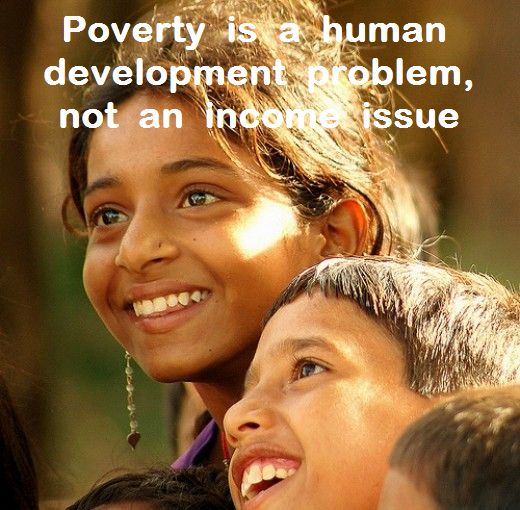
Goals and Means of Development
Different countries have different priori- ties in their development policies. So the crucial question is: what development really means to you, what it is supposed to achieve. Indicators measuring this achievement could then be used to judge progress in development.
Is the goal merely to increase national wealth? Or is it something more subtle: Eradicating poverty? Reducing rich-poor inequality? Ensuring people’s freedom?
Human Development
According to the Human Development Report 1996, published by the United Nations Development Program, “human development is the end, economic growth a means” (p.1) Amartya Sen puts it more eloquently:
"Human development, as an approach, is concerned with what I take to be the basic development idea: namely, advancing the richness of human life, rather than the richness of the economy in which human beings live, which is only a part of it."
Sen’s writings on the ‘capability approach’ provide the philosophical basis for human centric development. This approach has the flavours of sustainable and participatory development and focuses on enhancing people’s freedoms and choices. It is equally applicable in both the developed and the developing countries. Pakistani economist, Mahbub ul Haq, applied Sen’s theory to propagate the human development approach. He wanted to see development in a different way, away from the economic growth considerations.
Are you Living with your full Human Capacity?
Societies can Develop Despite Poor Economy
The tiny southern state of India, Kerala, developed its society by focusing on people. It paid particularly attention to Women Empowerment. Today, its human development indicators compete with those of economically most developed nations, making it an object of several international studies.
Population Development: What Kerala can Teach India and China
Human Development is Multidimensional
The first Human Development Report of 1990 defined human development as ‘both the process of widening people’s choices and the level of their achieved well-being’ (UNDP, 1990, p9). It covers all aspects of human life – cultural, social and political. No aspect of the development falls outside its scope, but the focus remains on widening people’s choices and the enriching their lives.
Since people are put at the center of attention, the economy becomes secondary as a tool to enable people to enjoy a long, healthy and creative life. Economic growth provides means for things like good education, better nutrition and health services and state policies create enabling environment for citizens to have more secure livelihoods, security against crime and physical violence, satisfying leisure hours, political and cultural freedoms and a sense of participation in community activities. All these measures empower people; make them capable in different ways.
In this paradigm, economy related factors become only one subset of the overall human development. This form of comprehensive human development is needed if we really want to eradicate poverty from the societies and the world while limiting inequalities within reasonable limits.
Further Reading
- Understanding Poverty: the human development approach
The human development approach, underpinned by interdisciplinary capability frameworks, has become one of the prevailing approaches in understanding, evaluating and measuring poverty within the development sector. - On the sustainable human development approach
Sustainable development revolves around people and their all round well being. People must be regarded as assets, not liability.

